Overview of Glucose metabolism
Glucose metabolism is central to mammalian cells as the main molecule used for energy. Through its derivatives, it synthetizes many biocompounds, from nucleic acids to lipids and glycogen (and cellulose in plants). It is highly regulated by the body and supports many other essential functions.
Measuring the enzymes and metabolites produced from glucose metabolism is pivotal to biological and medical research. Advion Interchim Scientific offers a complete set of tools to make these measurements quick, easy, and accurate for R&D or clinical science.
5 metabolic levels for Glucose
| STEPS |
METABOLIC PROCESSES |
PRANDIAL STATUS |
INTERPRANDIAL STATUS |
FASTING STATUS |
| Absorption | Absorption of simple oses by gut towards the blood then to the cells | +++ | +/- | |
| Catabolism |
Glycolysis, tricarboxylic acid (TCA) cycle and oxidative phosphorylation; Pentose phosphate pathway; fructose/galactose metabolism |
+++ | +++ | +/- |
| Energy storage |
Glycogenesis and lipid synthesis | +++ | +/- | |
| Metabolism |
Gluconeogenesis; lipolysis; glycogenolysis; protein catabolism | +/- | +++ | |
| Related pathways | HMP shunt (PPP); fermentations; Role of glycosidic derivatives cholesterol biosynthesis & urea cycle |
+/- | +/- | +++ |
*Prandial : related to the meal
Energy
Glucose is a key energy source from diet, directly (as a nutrient) or released by the digestion of polymeric sugars (e.g. starch). Well soluble and easily transported through the body, it starts the essential process of cellular respiration to make useful energy-rich compounds: the glycolysis pathway makes glucose ATP and pyruvate, then the TCA Cycle makes pyruvate NADH, GTP and FADH2, and finally the oxidative phosphorylation path in mitochondria makes ATP. ATP will activate most biochemical reactions of other metabolic processes.
-Glycolysis: 11 steps
D-Glucose + 2ADP +2 Pi + 2 NAD+
⟶ 2 Pyruvate + 2 ATP + 2 (NADH+H+) + 2 H2O
– TCA cycle: 10steps/8enzymes
1 Acetyl-CoA ⟶ 2 CO2 + 3 NADH+H+ + 1 FADH2 + 1 GTP + 1 CoA.
Finally: Glucose + 6 O2 ⟶ CO2 + 6 H2O + Energy (ATP/GTP)
When oxygen is limited, pyruvate is disposed in the form of lactate and glycolysis becomes the main source for ATP production[Gatenby 2004].
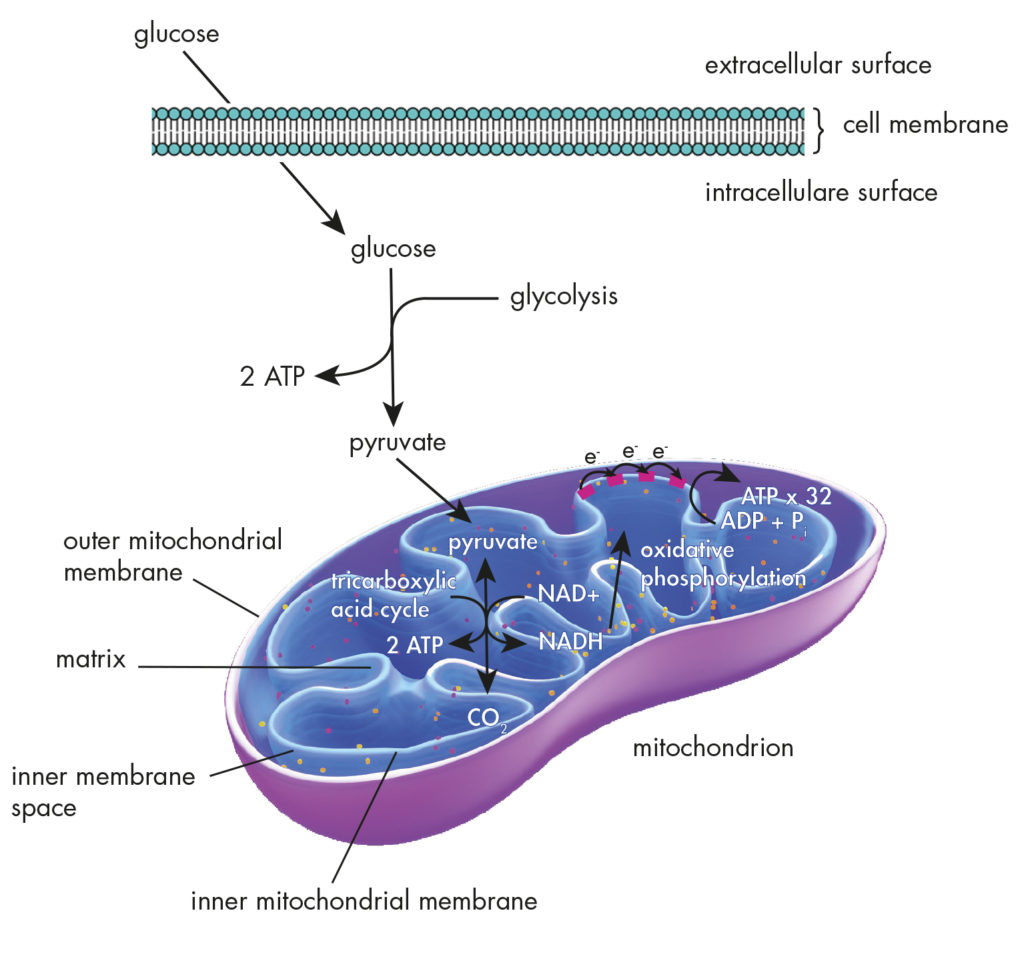
Figure 2: Major process of the Glucose metabolism to produce chemical energy (ATP): Glycolysis + TCA cycle + Oxidative Phosphorylation
Furthermore, Glucose metabolism interacts with the lipid metabolism, which in turn represents a substantial energy supply via β-oxidation of fatty acids. ».
Metabolism of Glucose and its derivatives
*Glucose, once phosphorylated to G6P during glycolysis, can enter other paths:
- Glycogenogenesis in lung and muscles, or polymerization of Glucose in Glycogen -a storage form G1Pn/3 reactions/enzymes). Glucose units are supported during the fasting state via Glycogenolysis by the liver (3 reactions/enzymes to G1P + some Glucose units).
- Pentose phosphate pathway (PPP) : 3+5 reactions/enzymes play an important role suppling sugar phosphate intermediates as key building blocks for the synthesis of nucleic acids of DNA and RNA (providing the Ribose building block -as R5P-), for the synthesis of lipids (via acCoA) and bacterial wall LPS (via S7P), for the biosynthesis of aromatic aa (via E4P>PEP) and finally for the glycolysis/TCA cycle (via F6P&Glyceraldehyde). It also generates NADPH useful for both anabolism and for the maintenance of intracellular redox homeostasis to defeat oxidative stress. PPP is the junction between anabolism and redox balance.
- The metabolism of sugars and their derivatives interact with cholesterol synthesis, the urea cycle and other functions. Glucose directly modulates signaling pathways of cell death, by necrosis or apoptosis[Zhao 2008].
- On the other side, gluconeogenesis is the formation of glucose (reversing Glycolysis) from precursors including lactate and pyruvate, amino acids (especially alanine and glutamine), and, to a lesser extent, glycerol.
- gluconeogenesis is the formation of glucose (so reversing Glycolysis) from precursors including lactate and pyruvate, amino acids (especially alanine and glutamine), and, to a lesser extent, glycerol.
*The overall metabolism of glucose is regulated by several hormones, primarily insulin and glucagon.
Glucose metabolism diseases
It is clear that glucose and its derivatives contribute to a wide range of diseases, from diabete type 2 to cancers[Alfarouk 2020], but also in biotechnology, bacterial and parasite infections, neurons, and stem cell potency.
Pathologies directly related to sugar metabolism include:
Diabetes mellitus | Lactose intolerance | Fructose malabsorption | Galactosemia | Glycogen storage disease.
Understanding the pathologic processes and developing drugs requires reliable monitoring of key glycoside concentration and enzyme activities. Some have been linked to deficiencies in enzymes or particular paths and to identified biomarkers, but often there are more complex dysregulations involving imbalance of [ATP]/[ADP] × [Pi] or [NADPH]/[NADP+]. The research opens new therapeutic axis like D‐β‐hydroxybutyrate and ketones as an alternative energy fuel in some pathologies, and diagnosis in other pathologies (large quantities of ketone bodies (75% is βHB, then acetoacetate (AcAc) and acetone) are found in the blood in case of diabetes, alcohol or salicylate poisoning, hormone deficiency, and childhood hypoglycemia).
Assay kits for studies / glucose uptake and degradation or synthesis
Assay kits are available to quantitate key Glucose metabolites, to monitor chemical reaction in vitro studies, and to quantitate theses analytes in biological samples for clinical goals, cell cultures and R&D cell assays. The following is a selection including G6P, Pyruvate, Lactate, ATP, Glycogen and βHB. Find even more options available online, or ask our specialists for any other intermediates of above glucose metabolism pathways.
Selection of kits proposed by Advion Interchim Scientific :
- Glucose Uptake Cell-Based Assay Kit #JV9030-600470
- Glucose uptake in cultured cells
- Glucose Colorimetric Assay Kit #MM8350-10009582
- Glucose in plasma, serum, and urine
- Glycolysis Cell-Based Assay Kit #IFQ990-600450
- Extracellular L-lactate in cultured cells
- Glucose-6-Phosphate Fluorometric Assay Kit #IFS210-700750
- G6P in cell lysates and tissue homogenates
- Glucose-6-Phosphate Dehydrogenase Activity Assay Kit #IFR380-700300
- G6PDH activity in cell lysates and tissue homogenates
- L-Lactate Assay Kit #LO2120-700510
- L-Lactate in cultured cells, plasma, saliva, serum, urine, and whole blood
- Pyruvate Assay Kit #CBD821-700470
- Pyruvate in cultured cells, plasma, saliva, serum, urine, and whole blood
- Glycogen Assay Kit #CBE031-700480
- Glycogen content in tissue homogenates
- ATP Detection Assay Kit – Luminescence #AS1ZR0-700410
- Total ATP levels in a variety of sample types
- Amplite β-Hydroxybutyrate (Ketone Body) Assay Kit #UVC960-13830(Colorimetric ), #UVC970-13831(Fluorimetric)
- Quantitate βHB, the main ketone body. Useful to monitor ketosis/ketoacidosis.
Ask here or search additional products online: Proteins; Peptides; Enzymes; ELISA Kits; Antibodies; Standards(e.g. #70048); Diagnostics
The technical notice NT-GLYmtb presents more information about each sugar metabolic pathway (steps/enzymes; regulation; …).
Learn More :
- Contact for technical support, application or sales:
- Tel: +33 4 70 03 73 06
- E-mail : consumables.eu@advion-interchim.com
- Follow our news on LinkedIn

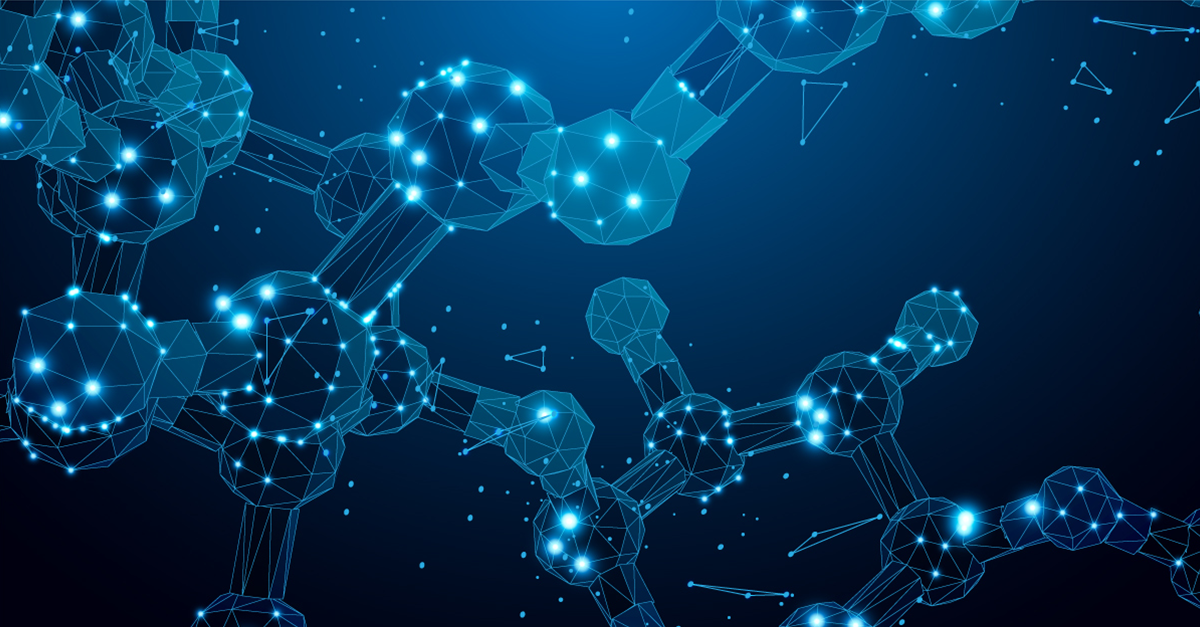
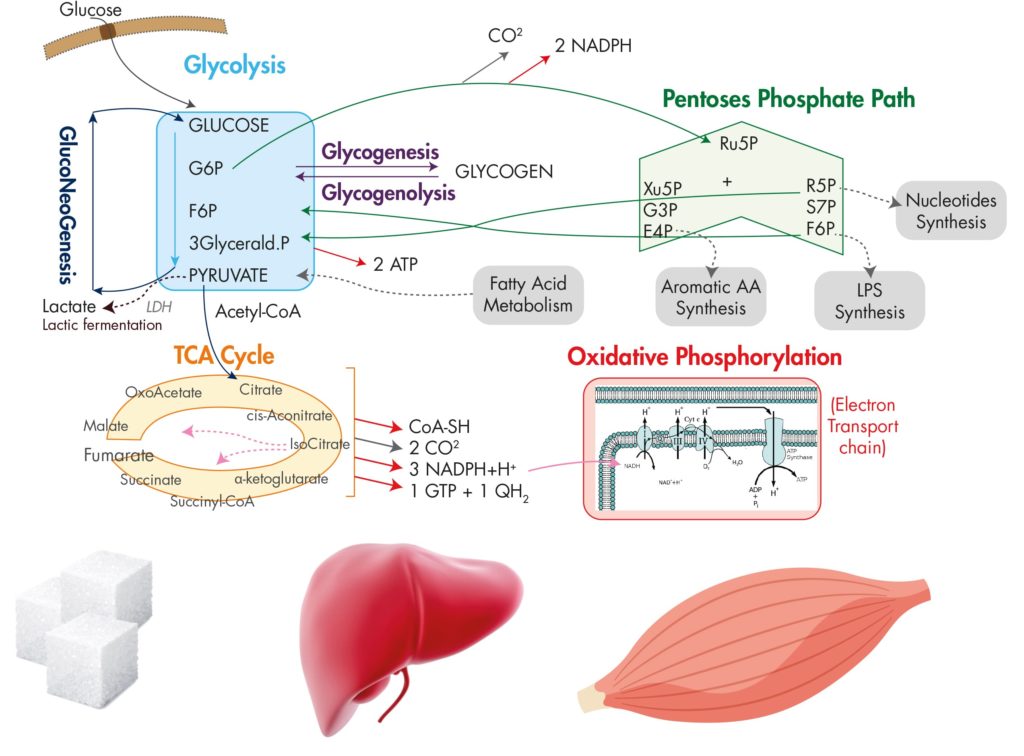
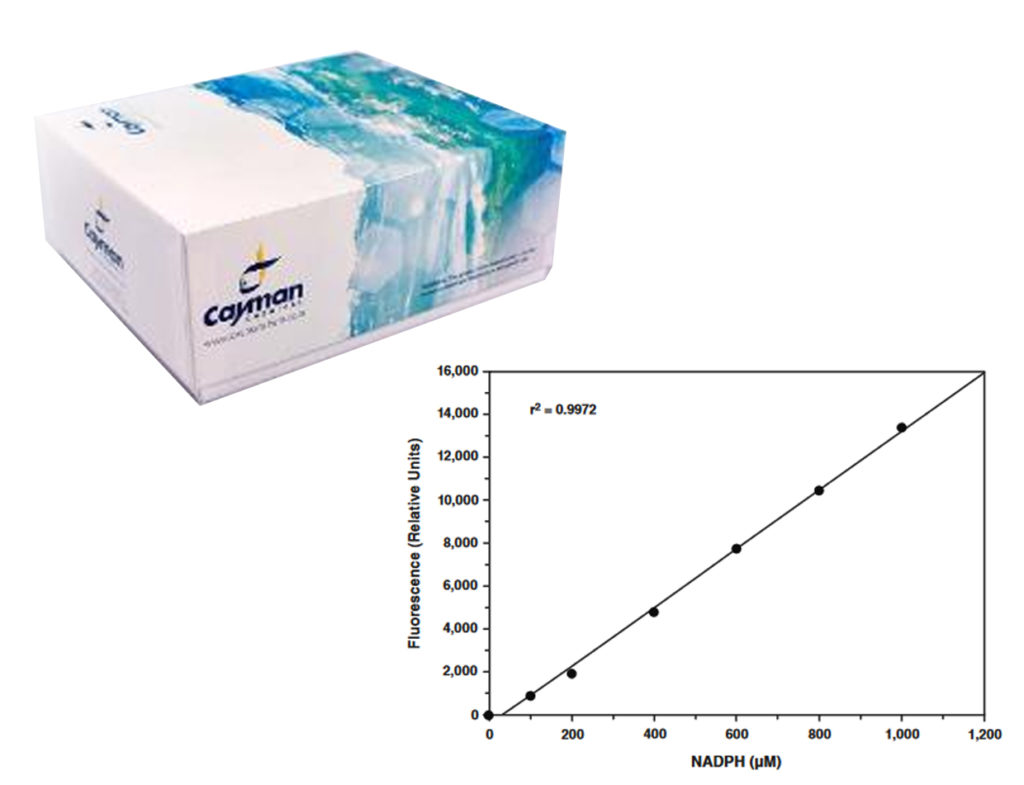
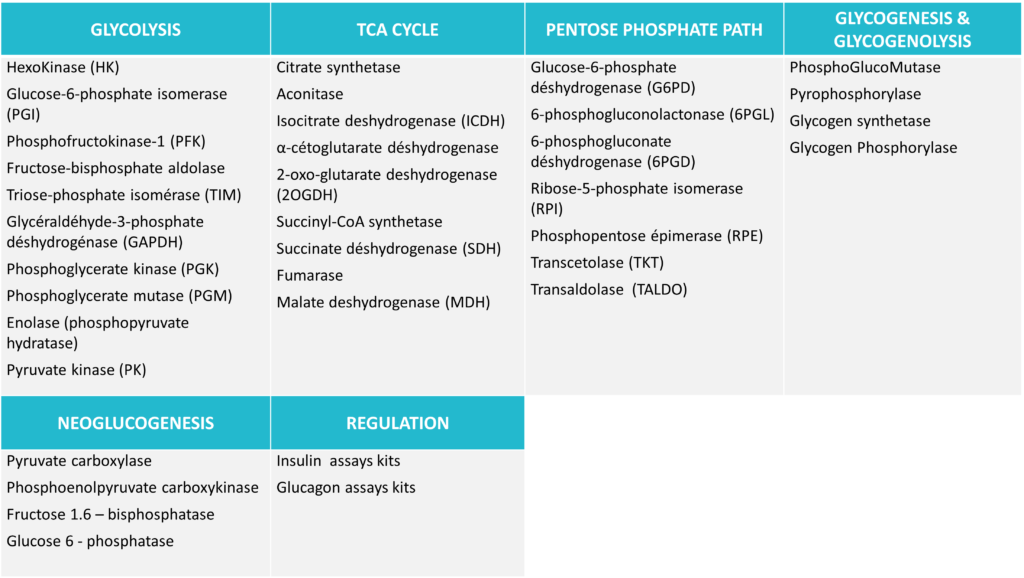
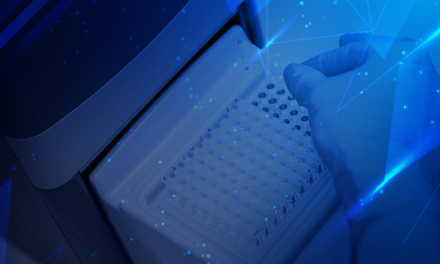
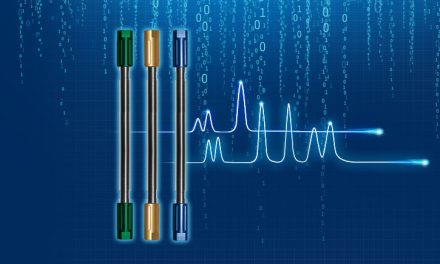
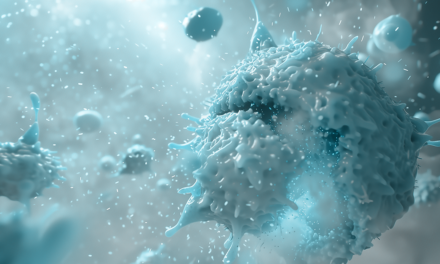

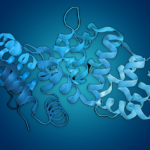
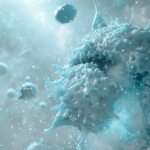
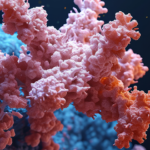
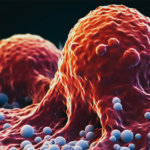
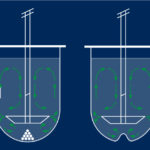





My pleasure to appreciate the facts
Good source of comprehensive information regarding glucose metabolism
Hello,
Thank you for your comment and your interest in this article.
Best regards,